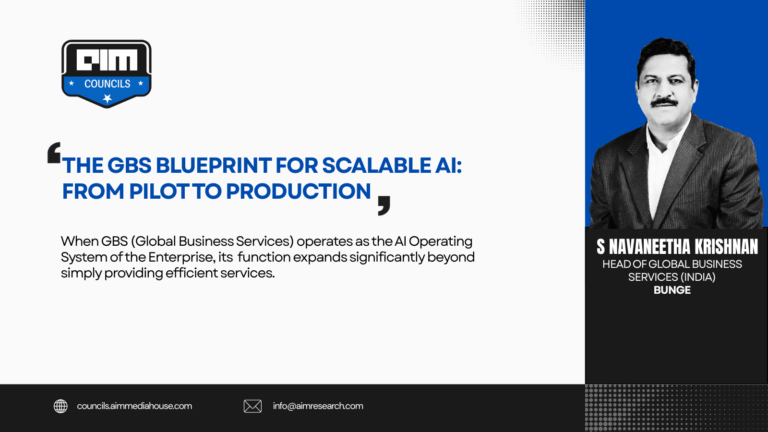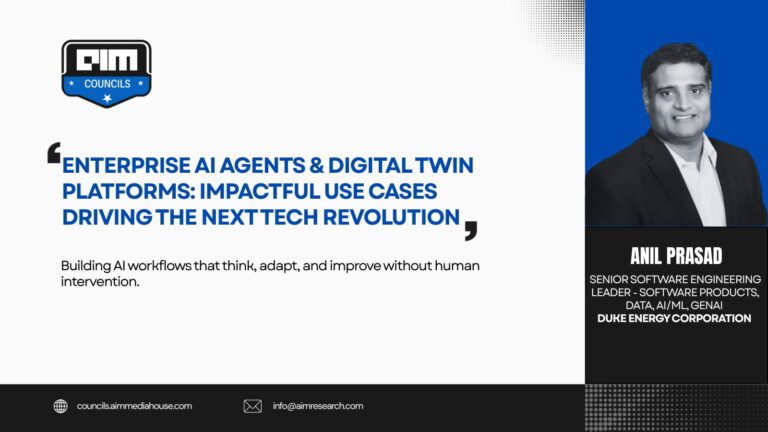AI’s explosive growth has created an energy crisis that’s forcing tech giants like Alphabet and Meta to build their own power plants. The culprit is more than a computational demand; it’s decades-old data center design that wastes enormous amounts of energy cooling empty spaces.
Traditional data centers are built around human maintenance needs. Wide corridors between server racks allow technicians to access equipment for hot-swappable repairs. But these corridors create massive volumes of unused airspace that must be continuously cooled despite contributing nothing to computation.
The result? A significant portion of data center energy consumption goes toward cooling empty space rather than actual servers. With AI workloads generating 3-5 times more heat than traditional computing, this inefficiency has become unsustainable.
Current monitoring systems rely on sensors mounted on server chassis or facility walls, creating dangerous knowledge gaps. The vast spaces between server rows become “thermal blind spots” where hot pockets can develop undetected. This uncertainty forces engineers to over-cool entire facilities, burning through even more electricity.
Engineers can’t optimize what they can’t measure. Without thermal visibility in these empty spaces, cooling systems operate inefficiently, leading to unpredictable airflow patterns, excessive energy consumption, and potential equipment failures from unmeasured hot zones
Modern data centers consume 20-100 megawatts of power is consumed daily, with cooling representing 30-40% of total energy use. When much of that cooling targets empty corridors designed for occasional human access, the waste becomes staggering.
The fundamental mismatch is clear: we’re using 20th-century infrastructure optimized for human maintenance to power 21st-century AI that rarely requires physical intervention. As computational demands explode, this design paradigm has become the bottleneck limiting both technological progress and environmental sustainability.
Now the crucial question is whether it will change fast enough to prevent an energy crisis that could slow AI development and strain global power grids.
Three-Dimensional Server Architecture
The answer lies in abandoning the human-centric floor plan entirely. Instead of spreading servers across vast two-dimensional rows with maintenance corridors, data centers should adopt densely packed three-dimensional configurations that maximize computational density while minimizing cooled volume.
This architectural shift eliminates the thermal blind spots that plague traditional designs. Closely packed 3D arrangements create predictable heat signatures that can be monitored and managed with precision. Without wasteful corridors, cooling systems can target actual heat sources rather than empty air. The reduced spatial footprint means fewer cubic meters to cool, dramatically cutting energy consumption. These specialized data centers, built modularly and prefabricated, offer easy transport and relocation. Their placement can be readily shifted based on factors like energy costs.
Modern servers are increasingly reliable and self-monitoring, making frequent human intervention unnecessary. When maintenance is required, robotic systems or modular extraction mechanisms can access equipment without the sprawling walkways that define today’s inefficient facilities. This transition from human-accessible to robotically-serviced infrastructure represents the fundamental redesign needed to support AI’s energy-intensive future sustainably.
Mobile Robotic Maintenance and Monitoring
The same robotic transport systems used for server maintenance can revolutionize thermal monitoring by carrying comprehensive sensor packages throughout three-dimensional server arrangements. Unlike static wall-mounted sensors that create blind spots, mobile robots equipped with temperature, humidity, dust, and air quality sensors can navigate directly between closely packed servers, collecting granular environmental data impossible to obtain with traditional monitoring.
This mobile sensing approach really changes reactive maintenance into predictive optimization. Robots continuously map thermal gradients, identifying hot spots before they cause failures and enabling precision cooling adjustments. The rich dataset collected by mobile sensors enables accurate computational fluid dynamics simulations, allowing engineers to optimize airflow patterns in real-time rather than relying on theoretical models.
The result is dramatically extended server lifespans and reduced maintenance events. By detecting micro-environmental changes early elevated dust levels, humidity fluctuations, or thermal anomalies robotic systems can trigger preventive interventions before equipment degrades. This proactive approach, combined with dense server arrangements, creates a self-optimizing data center ecosystem that maximizes computational density while minimizing energy waste and hardware failures.
Industry Implementation and Results
The data center industry is already recognizing this potential. Gartner predicts that half of cloud data centers will be leveraging advanced robots by 2025, while Boston Dynamics reports over 1,500 Spot robots deployed for autonomous inspections and predictive maintenance programs. Real-world results demonstrate significant benefits: the Department of Energy estimates businesses can save 8% to 12% on maintenance expenses by switching to predictive maintenance, while also cutting downtime by 35% to 45%.
Several companies have already proven this approach works as well. Microsoft’s Project Natick demonstrated that underwater data centers with no human access achieved eight times better server reliability than land-based facilities, with only 0.7% server failure rates compared to 5.9% on land.
These statistics underscore the fact that mobile robotic maintenance is becoming a standard practice, with measurable improvements in both operational efficiency and cost reduction across industries transitioning from reactive to predictive maintenance models.







